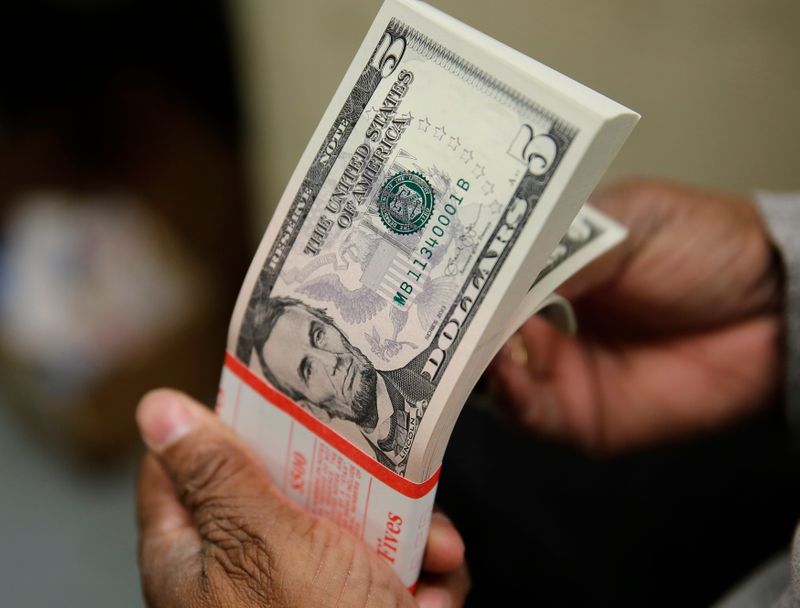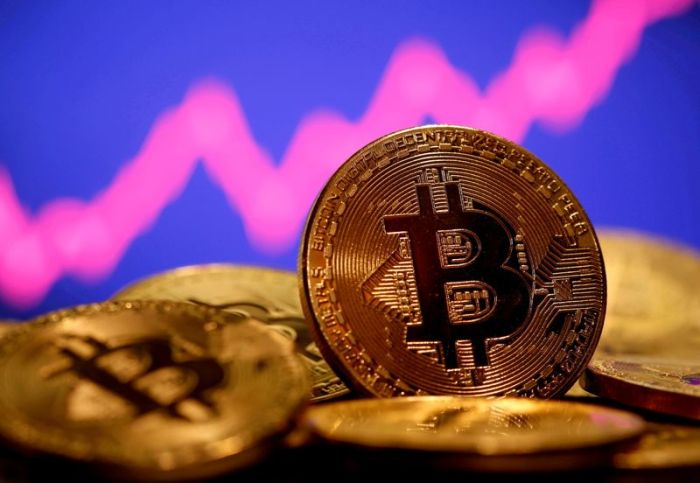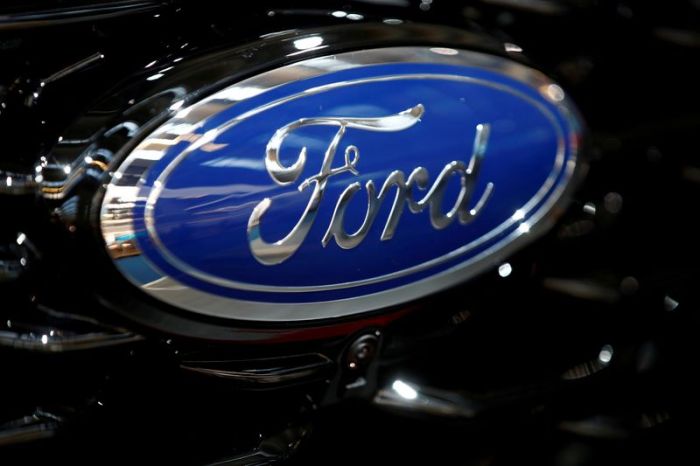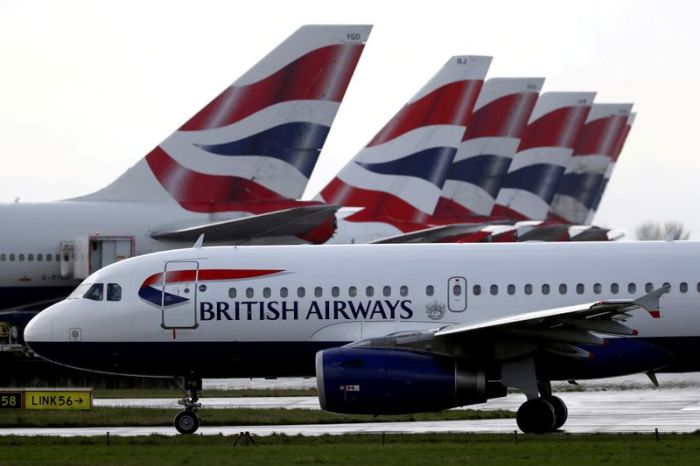NEW YORK (Reuters) – The dollar held steady near week highs on Thursday after the U.S. Labor Department reported higher producer prices in April, further evidence that inflation is rising in the United States.
The producer price index rose 0.6% in April after surging 1.0% in March. In the 12 months through April, the PPI shot up 6.2%. That was the biggest year-on-year rise since the series was revamped in 2010 and followed a 4.2% jump in March.
Thursday’s report follows data on Wednesday showing consumer prices increased by the most in nearly 12 years in April.
“The hotter-than-expected April U.S. PPI report did not have the impact Wednesday’s huge CPI gains had on markets,” said Ronald Simpson, managing director, global currency analysis at Action Economics in a report.
The dollar index was little changed on the day at 90.741.
The euro gained 0.05% to $1.2076. The greenback fell 0.26% to 109.48 Japanese yen.
Federal Reserve Governor Christopher Waller on Thursday said he expects inflation to exceed the Fed’s 2% target for the next two years, but said the Fed would not raise rates until it sees inflation above target for a long time, or excessively high inflation.
Getting people off the sidelines of the economy and into jobs has become a critical issue in keeping the U.S. recovery on track, Richmond Fed President Thomas Barkin said Thursday.
U.S. Federal Reserve Vice Chair Richard Clarida said on Wednesday that weak job growth and strong inflation in April had not changed the central bank’s plan to maintain loose monetary policy.
While the surge in inflation is large enough that a full reversal in coming months does not seem likely, a single month of data is unlikely to prompt an immediate shift in the Fed’s positioning, wrote Alan Ruskin, macro strategist at Deutsche Bank.
The Australian dollar, seen as a proxy for risk appetite, was up 0.02% at $0.7726 versus the U.S. dollar, after its biggest daily drop since March on Wednesday.
Bitcoin was lower a day after plunging 17% when Tesla boss Elon Musk said his company would stop accepting the digital tokens as payment for its cars.
It was last down 1.47% at $48,632.
Bitcoin is still higher than where it was just before Tesla said on Feb. 8 that it had invested around $1.5 billion in bitcoin and would accept it for payment in the near future.
(Reporting by Kate Duguid; Additional reporting by Elizabeth Howcroft in London and Karen Brettell in New York; Editing by Andrea Ricci and Nick Zieminski)

























